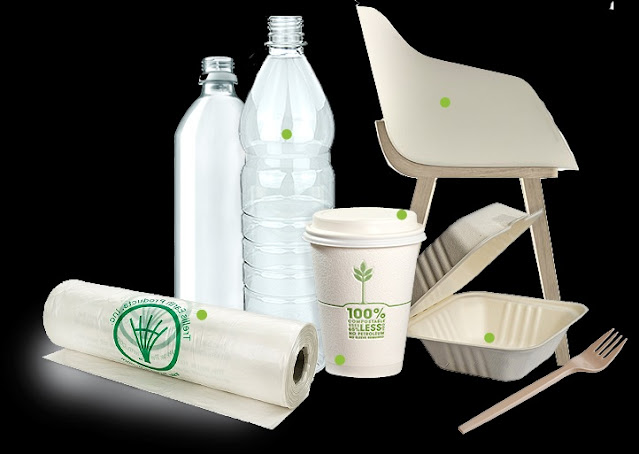Breaking New Ground: Cellulose Plastics Market Innovations Unveiled
The cellulose plastics market is witnessing a wave of innovation that is breaking new ground in the realm of sustainable materials. This article explores some of the latest innovations unveiled in the cellulose plastics market and their implications for industries seeking eco-friendly alternatives.
One of the most exciting innovations in the cellulose
plastics market is the development of advanced manufacturing techniques that
enable the production of high-performance cellulose-based materials.
Traditionally, cellulose plastics were limited in their applications due to
their lower mechanical properties compared to conventional plastics. However,
recent advancements in processing technologies, such as nanostructuring and
chemical modification, have led to the creation of cellulose-based materials
with enhanced strength, durability, and thermal stability. These materials are
now being used in a wide range of applications, including packaging, automotive
components, and consumer electronics.
The global cellulose bioplastic market size was
valued at USD 327.6 million in 2023 and is expected to expand at a compound
annual growth rate (CAGR) of 19.5% from 2023 to 2030
Another groundbreaking innovation in the cellulose plastics
market is the integration of biodegradable additives and reinforcements to
enhance the sustainability of cellulose-based materials. As the world grapples
with the growing problem of plastic pollution, there is a pressing need for
materials that can degrade safely and efficiently at the end of their
lifecycle. By incorporating biodegradable additives such as starch, PLA
(polylactic acid), and PHA (polyhydroxyalkanoates) into cellulose plastics,
manufacturers can create materials that break down into harmless byproducts
when disposed of in composting or anaerobic digestion facilities, reducing
environmental impact and conserving natural resources.
Furthermore, advancements in recycling technologies are
opening up new possibilities for the cellulose plastics market, enabling the
development of closed-loop recycling systems that minimize waste and maximize
resource efficiency. Traditionally, cellulose-based materials were difficult to
recycle due to their complex chemical structure and degradation during
processing. However, recent innovations in mechanical and chemical recycling
techniques, such as solvent-based dissolution and enzymatic depolymerization,
are making it possible to recover and reuse cellulose-based materials multiple
times without compromising their performance or properties. This closed-loop
approach to recycling not only reduces the environmental footprint of cellulose
plastics but also helps to address the global plastic waste crisis.
In addition to these innovations, the cellulose plastics
market is also seeing increased collaboration and investment in research and
development to drive further advancements in material science and processing
technologies. Companies, universities, and research institutions are partnering
to explore new applications, improve performance, and overcome technical
challenges associated with cellulose-based materials. By pooling their expertise
and resources, these stakeholders are accelerating the pace of innovation in
the cellulose plastics market and paving the way for a more sustainable future.
The
Cellulose Plastics Market Size is experiencing a period of
unprecedented innovation, with groundbreaking advancements in material science,
manufacturing techniques, and recycling technologies. By embracing these
innovations and investing in sustainable solutions, industries can break new
ground in the quest for eco-friendly alternatives to conventional plastics and
contribute to a more sustainable and circular economy.



Comments
Post a Comment